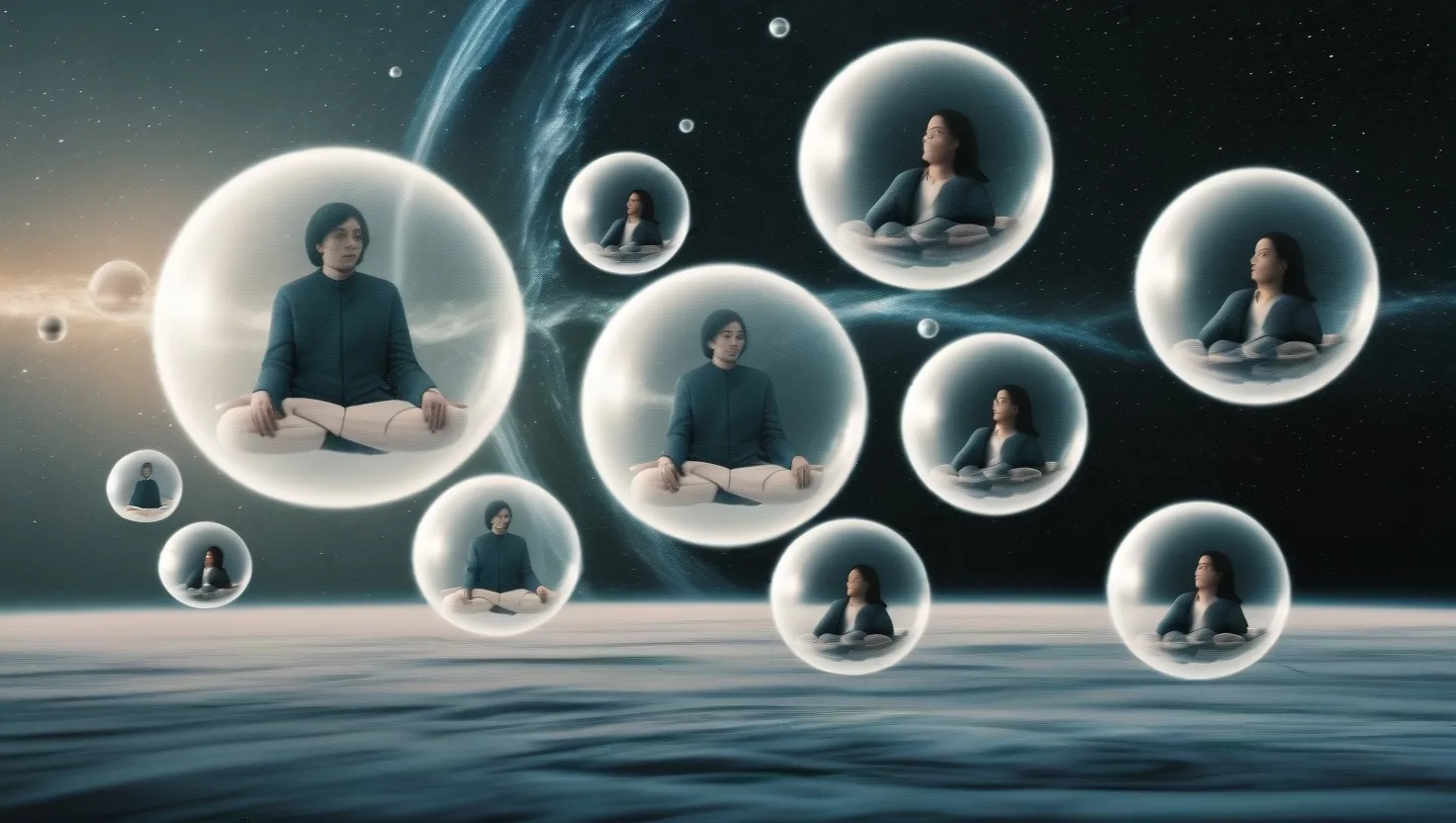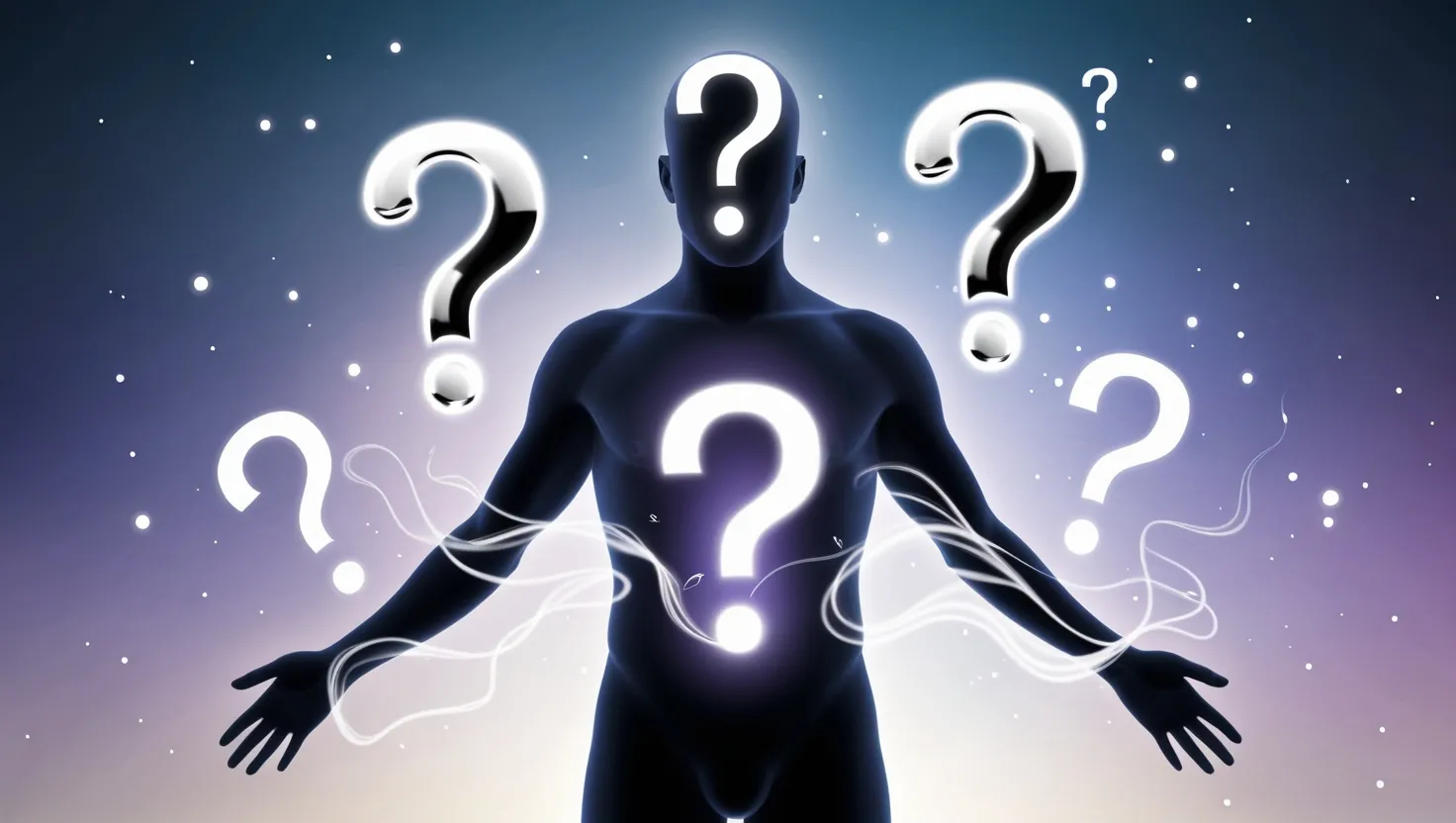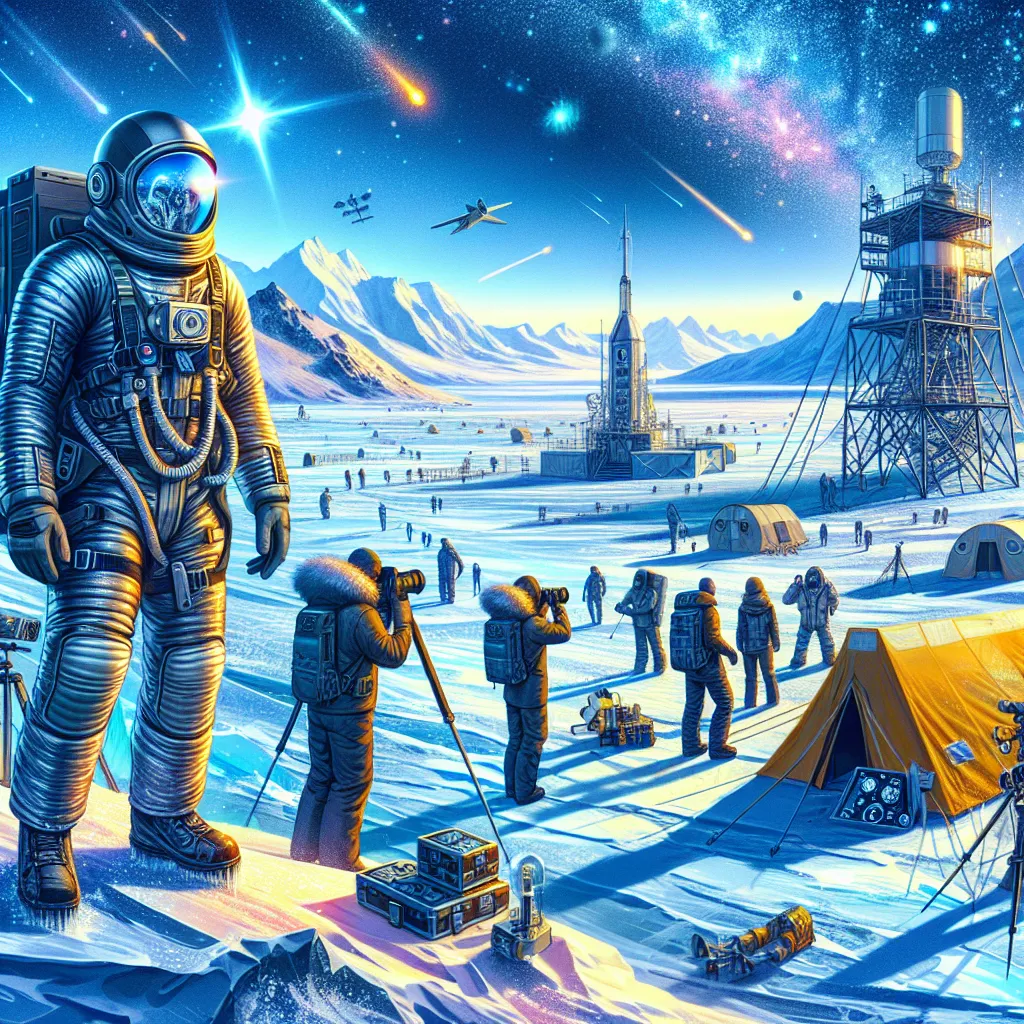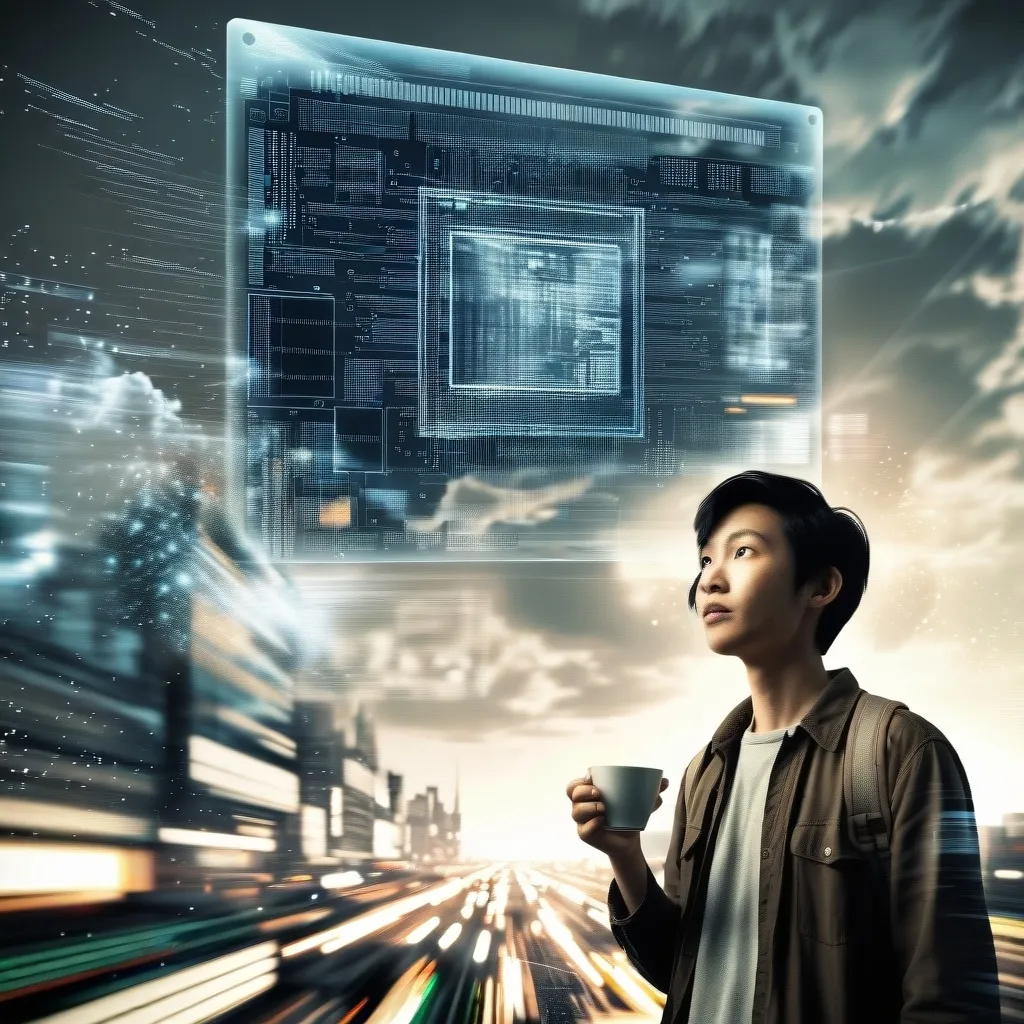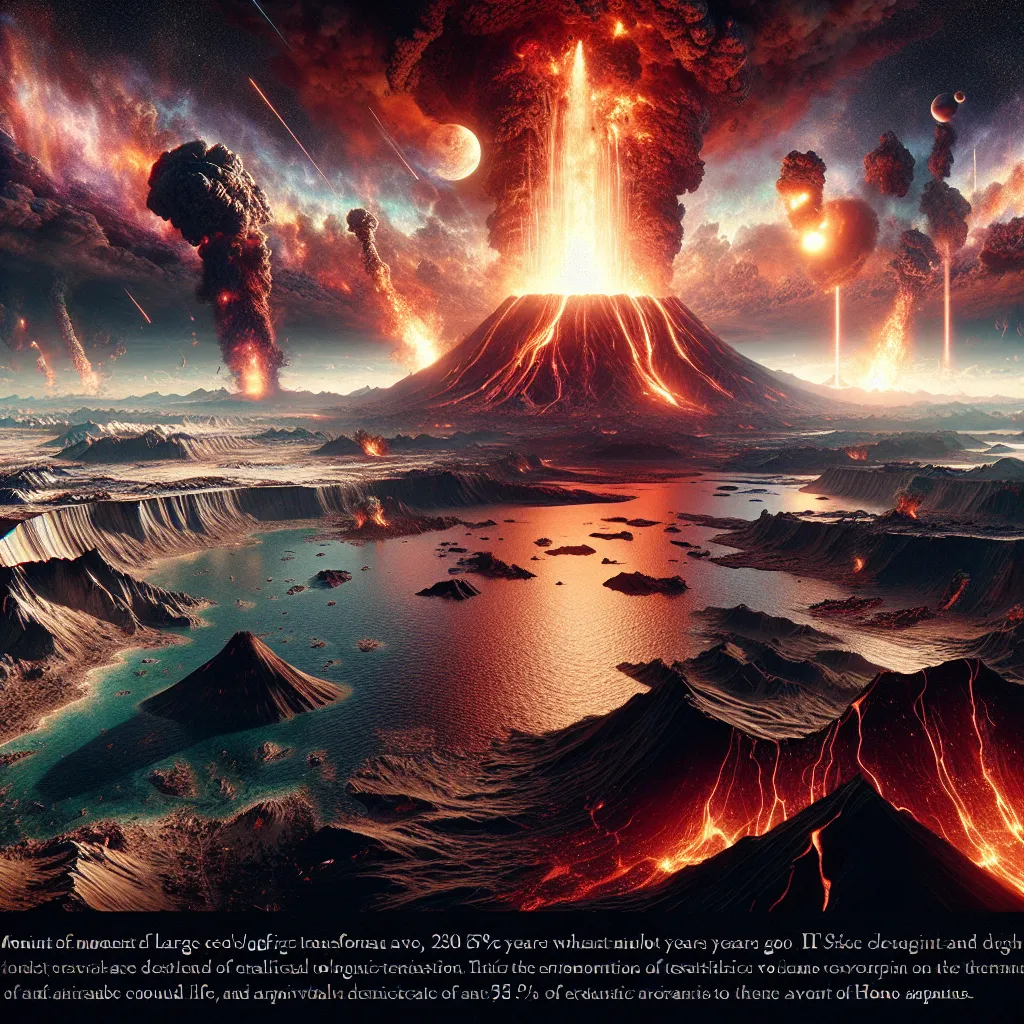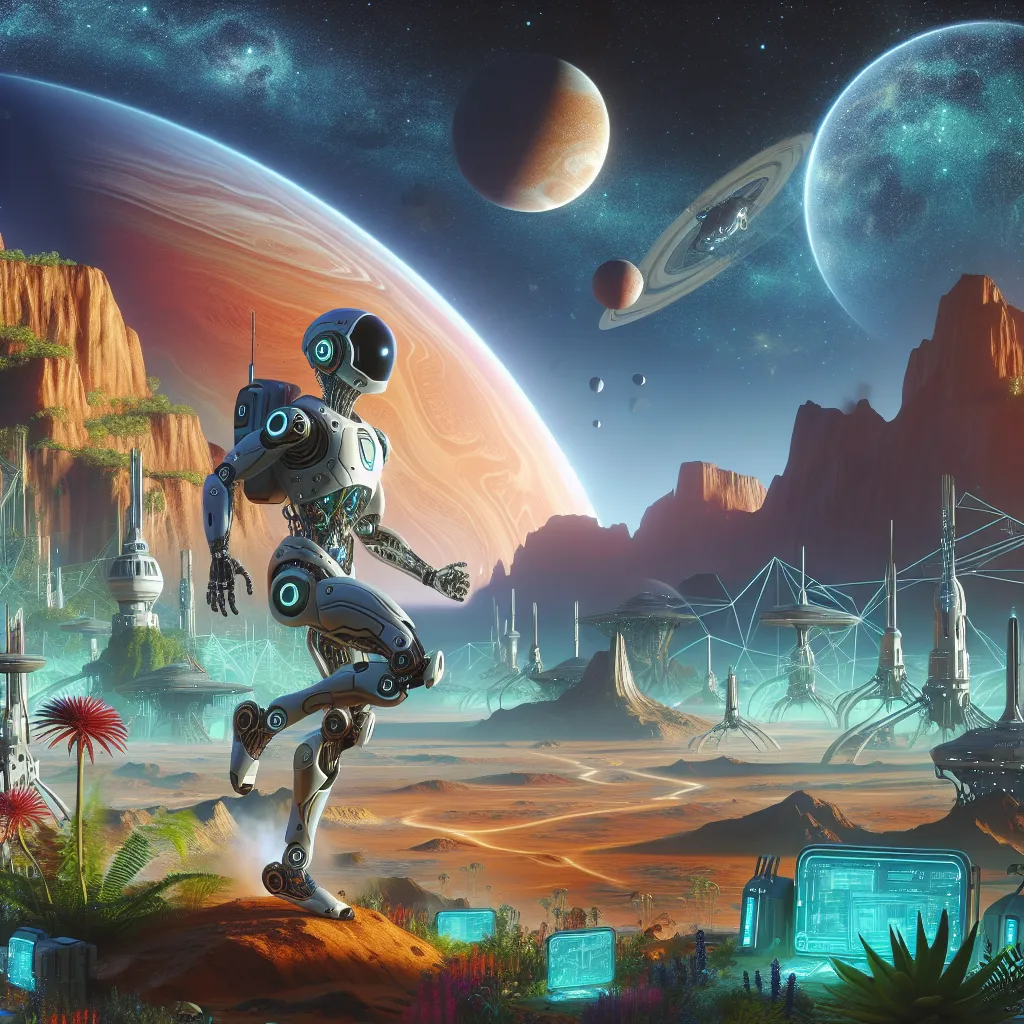As we delve into the intricate and often bewildering realm of quantum physics, we find ourselves confronting ideas that challenge our fundamental understanding of reality. One such concept, the Quantum Mirage Effect, suggests that what we perceive in our world might be influenced by, or even be echoes from, parallel universes. This notion is both fascinating and unsettling, as it implies that our reality is not as isolated as we once thought.
The Many-Worlds Interpretation
To understand the Quantum Mirage Effect, we need to start with the many-worlds interpretation of quantum mechanics. This theory, first proposed by Hugh Everett in 1957, posits that every quantum event creates a new universe. Each of these universes branches off from the previous one, resulting in an infinite tree of parallel realities. In this scenario, every possible outcome of a quantum event occurs in its own universe, leading to an exponential proliferation of parallel worlds.
Imagine a simple coin toss. In our reality, the coin lands either heads or tails. But according to the many-worlds interpretation, each outcome creates a new universe – one where the coin lands heads and another where it lands tails. This process repeats infinitely, generating a multiverse where every possibility plays out in its own universe.
Quantum Entanglement and Time
Quantum entanglement, a phenomenon where particles become connected and can affect each other even at vast distances, further complicates our understanding of reality. Recent studies suggest that time itself might be an illusion created by quantum entanglement. According to the Page and Wootters mechanism, time emerges from the entanglement between particles, acting as a kind of clock that governs the flow of events.
This idea raises intriguing questions about the nature of time and how it might interact across different universes. If time is not a fundamental aspect of the universe but rather a byproduct of quantum interactions, could it be that events in one universe influence the timing of events in another? This speculation opens up a realm of possibilities where the fabric of time is not as rigid as we believe.
The Multiverse and Bubble Universes
The concept of the multiverse, which includes both the quantum multiverse and the cosmological multiverse, suggests that our universe is just one of many. The cosmological multiverse theory, derived from the idea of eternal inflation, proposes that our universe is a bubble in a vast sea of other universes, each with its own unique properties and laws.
Researchers have been simulating these bubble universes using advanced computational models. For instance, a team using a quantum annealer, a type of limited quantum computer, managed to emulate the decay of a false vacuum into a true vacuum, effectively creating a bubble universe. These simulations, though still in their infancy, offer a glimpse into how these parallel universes might interact and collide.
The Quantum Mirage Effect
The Quantum Mirage Effect, while not directly proven, is a theoretical extension of these ideas. It suggests that quantum interactions could allow for glimpses or influences from parallel universes to bleed into our own. This could manifest in various ways, from the eerie feeling of déjà vu to the unexplained phenomena of ghostly sightings.
Imagine walking into a room and feeling an inexplicable sense of familiarity, even though you’ve never been there before. According to the Quantum Mirage Effect, this could be more than just a trick of the mind; it might be a glimpse into a parallel reality where you have indeed been in that room before.
The Mandela Effect
The Mandela Effect, where large groups of people remember events or facts differently than what is recorded in history books, is another phenomenon that could be explained by the Quantum Mirage Effect. For example, many people recall Nelson Mandela, the former President of South Africa, dying in prison in the 1980s, even though he actually died in 2013. Could this be evidence that some of us are catching glimpses of a parallel universe where Mandela did indeed die earlier?
Consciousness and Reality
The Quantum Mirage Effect also touches on the mysteries of consciousness. If our reality is influenced by parallel universes, does this mean that our consciousness is not confined to a single universe? This idea resonates with theories that suggest consciousness is a fundamental aspect of the universe, akin to space and time.
It raises questions about the nature of free will and whether our choices are truly our own or if they are influenced by echoes from other realities. If every possible outcome of every event occurs in a separate universe, then does that mean that every version of us exists in some form, making choices that diverge from our own?
The Illusion of Expansion
Recent studies have also suggested that the expansion of the universe itself might be an illusion. According to a new theoretical model, the universe is not expanding but is instead flat and static, with the observed expansion being a result of changes in particle masses over time. This challenges our traditional view of the cosmos and opens up new avenues for understanding how different universes might interact.
Quantum Chaos and Mirages
In the realm of quantum chaos, phenomena like the quantum mirage have been observed. This effect, where the electronic properties of an atom appear at a different location within a quantum corral, demonstrates how quantum systems can create illusions of reality. While this is not directly related to parallel universes, it shows how quantum mechanics can create seemingly impossible scenarios that blur our understanding of what is real.
Conclusion
The Quantum Mirage Effect is a mind-bending concept that blurs the lines between our reality and the possibilities of parallel universes. While it remains a speculative idea within the realm of quantum physics, it offers a fascinating glimpse into the mysteries of consciousness and the nature of reality.
As we continue to explore the intricacies of quantum mechanics and the multiverse, we may uncover more evidence that supports or refutes this theory. Until then, the idea that we might be catching glimpses of our parallel selves or experiencing echoes from other realities remains a captivating and thought-provoking notion.
In this vast and complex universe, where the laws of physics are still being unraveled, the Quantum Mirage Effect stands as a reminder that reality is far more mysterious and multifaceted than we can currently comprehend. Whether this is just another quantum leap of imagination or a genuine insight into the fabric of reality, it certainly inspires us to continue exploring the unknown and to question everything we think we know about the world and ourselves.
